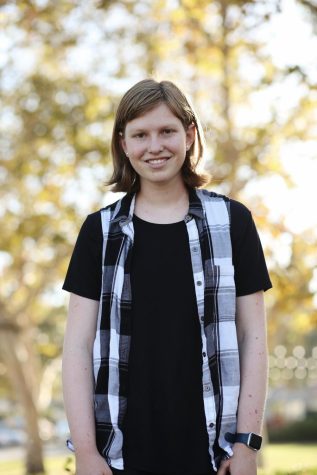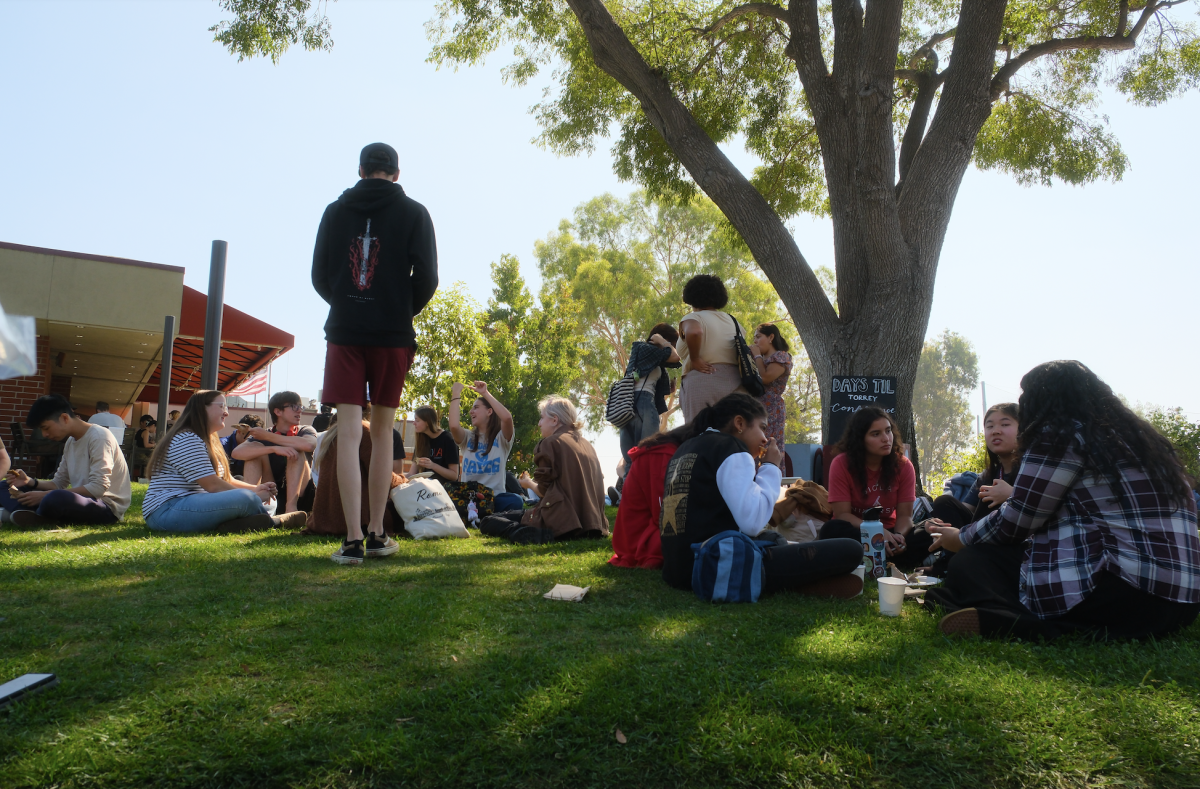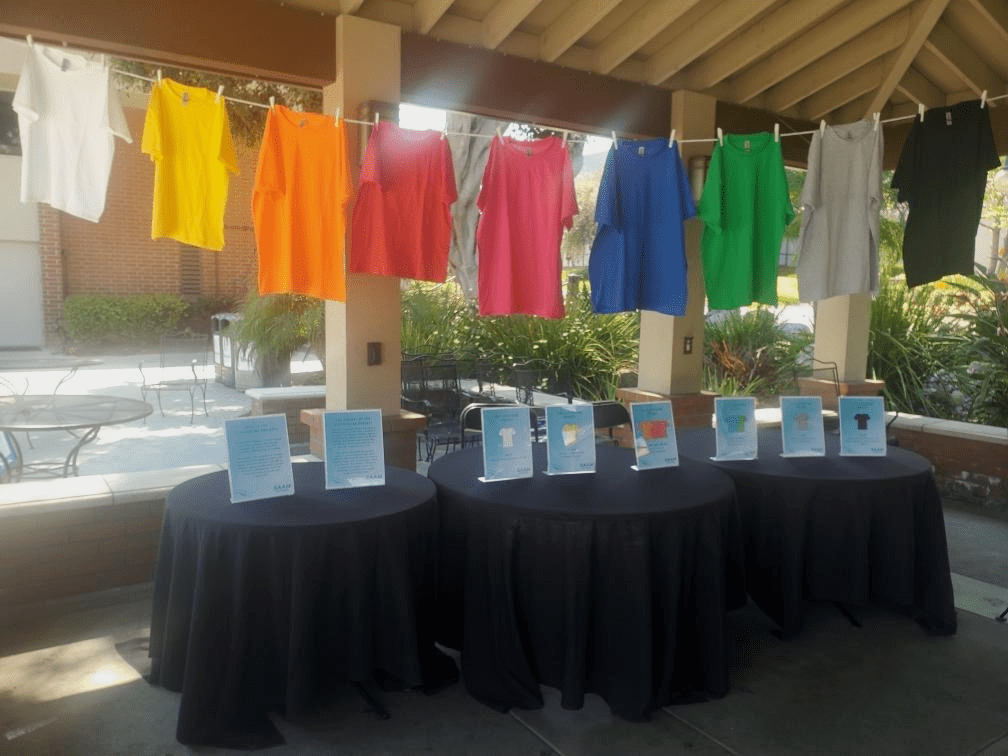Mahsa Amini, a 22-year-old Iranian woman, died in custody after Tehran’s morality police arrested her for allegedly violating Iran’s strict dress code, which mandates that women cover their hair with a headscarf in public, by wearing her hijab too loosely. While Iranian officials claimed Amini died from a heart attack, witnesses say police beat her until she lapsed into a coma.
Following Amini’s death, protests erupted in Iran with demonstrators demanding police accountability, an end to security forces’ violent methods and a loosening of Iran’s strict hijab laws. The explosive anti-government demonstrations rattling the country in the wake of Amini’s death highlight the fury festering in Iranian society about the state’s conduct toward women overall. Protestors rightly demand justice for Amini’s death and insist on large-scale reforms to the current system that caused her demise.
MODESTY AND THE HIJAB
Wearing the hijab is tied to a larger doctrine of modesty in Muslim cultures. On an episode of Biola’s podcast Think Biblically: Conversations on Faith and Culture titled “Immigration, Islam and Women’s Rights,” women’s rights activist and author Ayaan Hirsi Ali explained that modesty is a key tenet in Muslim societies that women practice by wearing the hijab.
“The young Muslim woman is modest and she displays her modesty by covering herself from head to toe,” Ali said. “Her face, her eyes, her hands, her hair, her heels — all of that has to be covered. All other women, the ones who are going to school, who are going to work, who dress as they please — these women are regarded as immodest and therefore are prey.”
A GLOBAL PROTEST
Amini’s tragic death ignited a flame of protest that is spreading around the world. Her slaying kindled the rage of Iranian civilians and the United Nations alike, prompting the latter to demand an impartial investigation into her death.
In Tehran, university students called for the morality police to disband. In Syria, women cut their hair and lit their headscarves on fire to protest Amini’s death as well as the brutality of Iran’s government. And in Los Angeles, the city with the biggest Iranian population outside Iran, crowds clogged the streets to call for justice.
“The Iranian people have reached a boiling point,” said teenage demonstrator Sasha Gladkikh, an Iranian student at the University of California, Los Angeles. “When your own country has been extremely oppressive and you are constantly being oppressed, you have nothing to lose.”
AN OPPRESSIVE REGIME
Iran’s government attempts in vain to smother the flames of protest by blocking internet access in portions of Tehran and Kurdistan. The shutdown, intended to prevent protesters from sharing videos of the unrest or contacting people outside the country, makes potential abuses of power difficult to investigate. Even the death toll the government crackdown on protests has caused is uncertain.
The government’s methods of suppression, however brutal, have not quenched the fiery call for freedom that set Iran ablaze. As Iranians march through the streets displaying images of Amini’s face shrouded in a black headscarf, the glow of flaming hijabs illuminates both the protesters and the posters they carry — pictures of a young woman whose barbaric and senseless death served as a match that ignited demonstrations in Iran and around the world.












